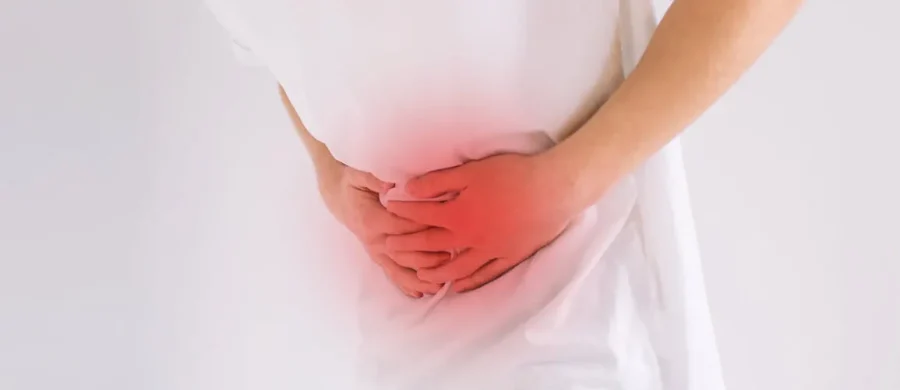Most people don’t like to talk about it, but having digestive problems is more common than you think. In fact, 60 to 70 million people are affected by some type of digestive disease, according to the National Institute of Diabetes and Digestive and Kidney Diseases (NIDDK).
Here’s a top-to-bottom look at nine of the most common digestive conditions, their symptoms, and the most effective treatments available. If you suspect you have one of these issues, don’t delay in speaking with your doctor.
When stomach acid backs up into your esophagus — a condition called acid reflux — you may feel a burning pain in the middle of your chest. It often occurs after meals or at night, says Neville Bamji, MD, a clinical instructor of medicine at the Icahn School of Medicine at Mount Sinai and a gastroenterologist with New York Gastroenterology Associates in New York City.
While it’s common for people to experience acid reflux and heartburn once in a while, having symptoms that affect your daily life or occur at least twice each week could be a sign of GERD, a chronic digestive condition that affects 20 percent of Americans, cites the NIDDK. If you experience persistent heartburn, bad breath, unexplained tooth erosion, nausea, pain in your chest or upper part of your abdomen, or have trouble swallowing or breathing, see your doctor.
Most people find relief by avoiding certain foods and beverages that trigger their symptoms, or taking over-the-counter antacids or other medication that reduces stomach acid production and inflammation of the esophagus. Lifestyle changes like elevating the head of the bed, not lying down after a meal, and quitting smoking can also help. However, some cases of GERD require stronger treatment, such as acid-blocking medication or even surgery.
Gallstones are hard deposits that form in your gallbladder — a small, pear-shaped sac that stores and secretes bile for digestion. Nearly one million Americans have gallstones every year, according to the American Gastroenterological Association. Gallstones can occur when substances that make up the bile (usually cholesterol or a waste product called bilirubin) become too concentrated and form a hard stone.
An estimated 1 in 133 Americans — about 1 percent of the population — has celiac disease, according to Beyond Celiac (formerly the National Foundation for Celiac Awareness).










